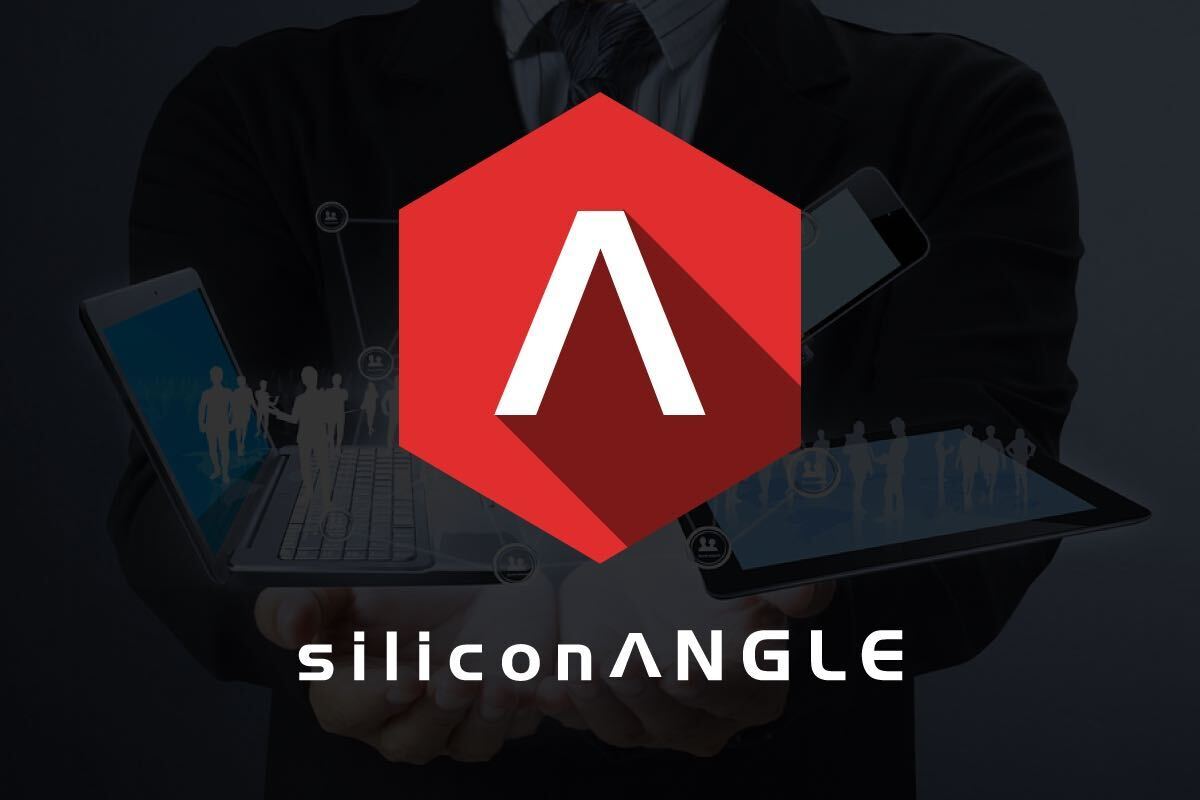


![]() There have been vocal calls from the investment community recently for EMC to break up its federation of subsidiaries, a move that Wikibon analyst Stu Miniman says many customers are also quietly hoping will take place. But the world’s top enterprise storage vendor has a different plan for addressing the generational changes taking place in the data center.
There have been vocal calls from the investment community recently for EMC to break up its federation of subsidiaries, a move that Wikibon analyst Stu Miniman says many customers are also quietly hoping will take place. But the world’s top enterprise storage vendor has a different plan for addressing the generational changes taking place in the data center.
That plan is founded entirely on the current multi-pillared organizational structure and in particular VMware Inc., which has been the main target of activist investors clamoring for the split. With pressure from Wall Street continuing to mount, speculation abounds about a potential sell-off, but Wikibon doesn’t see EMC caving in.
“They’ve looked at it and made the decision and it’s not gonna change,” Wikibon co-founder Dave Vellante told co-host Miniman on the latest episode of CubeConversations. “The only way it would change is if EMC is fumbling so badly that the market forces them to do it, but they’re not fumbling; they’re growing faster than many peers.”
Much of that momentum comes from its federation, which still requires a significant amount of financial and other backing to support due to the relatively early stage of the individual parts. That doesn’t apply to VMware as much as some of EMC’s other key growth drives, most notably Pivotal Inc. and internal businesses like the all-flash unit born from its acquisition of XtremeIO Ltd. in 2012.
The storage giant told market watchers at a recent meeting that the initiative as a whole will likely take several years to turn a profit. Vellante noted that the Wall Street analysts who attended the briefing weren’t particularly enthusiastic about that outlook, calling for more dividends to sweeten the proposition. Yet the growth-first approach is clearly paying off.
“From a revenue standpoint, there is no doubt EMC is number one in all-flash,” Miniman noted. “One third of the customers that are buying XtremeIO are new accounts, so it can’t be a case of selling a $10 million dollar deal and giving the array away for free.” That is a testament to the strength of the technology, which EMC has made part of its core storage division.
The decision reveals just how high flash memory is on the company’s agenda, but that is not to say that other investments have fallen down the list. Vellante pointed out how EMC is developing a software-based storage appliance while also working to productize the technology from last year’s acquisition of DSSD, among other intiatives.
EMC is clearly committed to the federated approach. Now it’s only left to see whether CEO Joe Tucci and his lieutenants can execute the plan fast enough to overcome not only the competition but Wall Street as well.
Watch the full Cube Conversation (31:53)
Support our mission to keep content open and free by engaging with theCUBE community. Join theCUBE’s Alumni Trust Network, where technology leaders connect, share intelligence and create opportunities.
Founded by tech visionaries John Furrier and Dave Vellante, SiliconANGLE Media has built a dynamic ecosystem of industry-leading digital media brands that reach 15+ million elite tech professionals. Our new proprietary theCUBE AI Video Cloud is breaking ground in audience interaction, leveraging theCUBEai.com neural network to help technology companies make data-driven decisions and stay at the forefront of industry conversations.